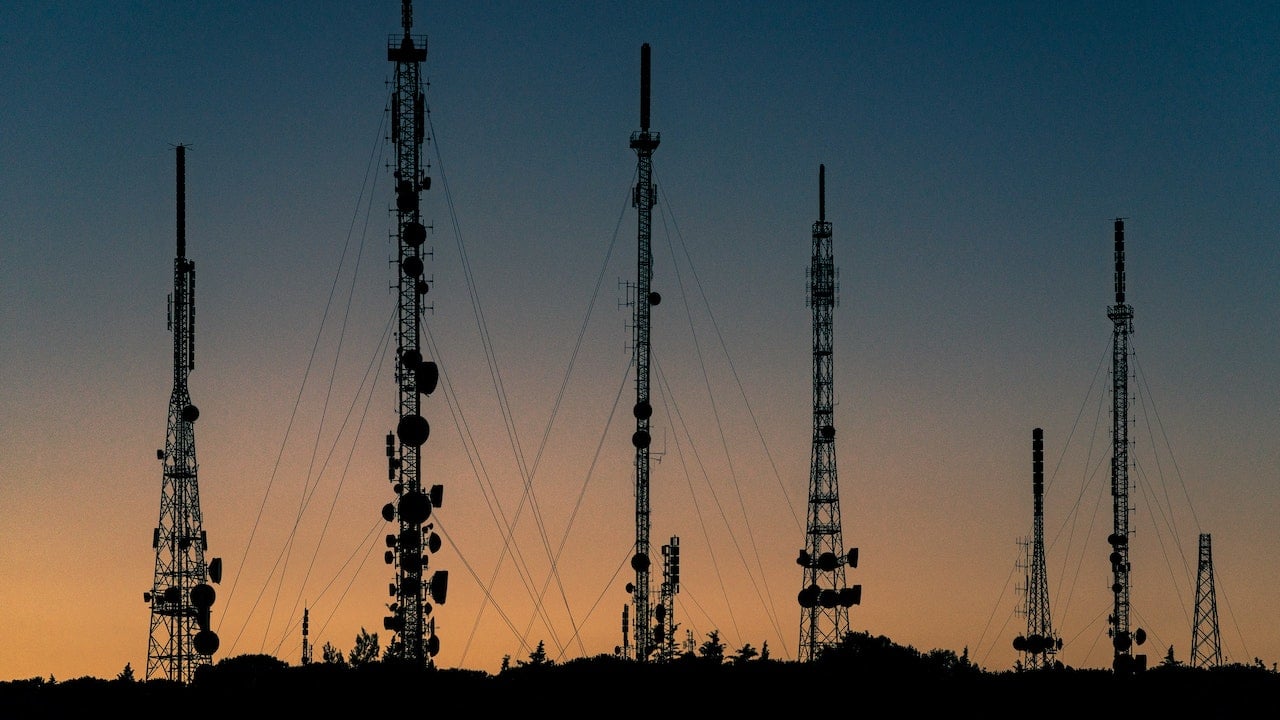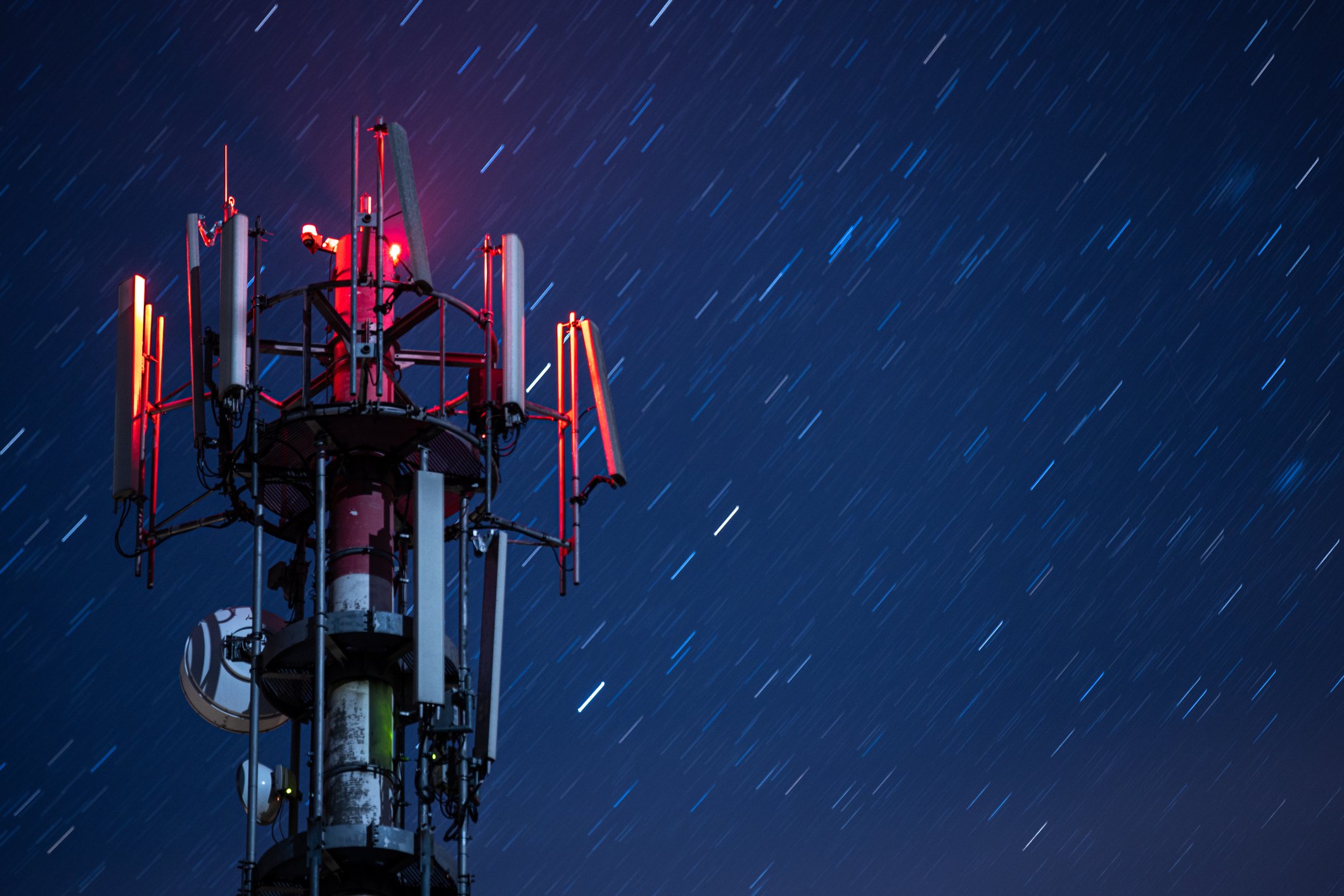
- December 2025 (1)
- November 2025 (2)
- October 2025 (3)
- September 2025 (3)
- August 2025 (3)
- July 2025 (2)
- June 2025 (3)
- May 2025 (3)
- April 2025 (3)
- March 2025 (2)
- February 2025 (1)
- December 2024 (2)
- November 2024 (1)
- August 2024 (2)
- June 2024 (3)
- May 2024 (3)
- April 2024 (1)
- March 2024 (3)
- February 2024 (2)
- January 2024 (2)
- December 2023 (1)
- November 2023 (2)
- October 2023 (2)
- September 2023 (1)
- August 2023 (1)
- July 2023 (2)
- June 2023 (3)
- May 2023 (2)
- March 2023 (4)
- January 2023 (2)
- November 2022 (2)
- September 2022 (1)
- August 2022 (2)
- July 2022 (2)
- June 2022 (1)
- May 2022 (1)
- April 2022 (3)
- March 2022 (1)
- February 2022 (3)
- January 2022 (2)
- December 2021 (1)
- November 2021 (1)
- October 2021 (2)
- September 2021 (3)
- August 2021 (1)
- July 2021 (3)
- May 2021 (2)
- April 2021 (2)
- March 2021 (2)
- February 2021 (3)
- January 2021 (3)
- December 2020 (1)
- October 2020 (1)
- August 2020 (1)
- August 2019 (1)
- January 2019 (2)
- September 2018 (5)
- June 2018 (1)
- November 2017 (1)
- September 2017 (1)
- July 2017 (1)
- May 2017 (1)
- January 2017 (1)
- October 2016 (2)
- August 2016 (1)
- July 2016 (1)
- June 2016 (1)
Subscribe by email
The Internet of Things (IoT) involves different kinds of continuously evolving technology, allowing for many connectivity options for connected device manufacturers. Each of these options has a range of advantages and disadvantages that must be weighed together. This article will help you evaluate the best IoT wireless technology solution for your business.
What is Wireless Technology?
Wireless technology is a method of connection within an IoT system that includes sensors, platforms, routers, applications, and other systems. Each option has trade-offs between power consumption, bandwidth, and range. At a high level, there are standard wireless options like cellular (3G, 4G, 5G) and WiFi, and there are long-range options like LoRaWAN and LPWAN. Connected device companies should understand the basics of the top IoT technologies to determine the best wireless technology option for their needs.
6 Types of IoT Wireless Technologies and Their Use Cases
Before we get into how to decide which wireless technology is right for your business, let’s look at the main options available today. These will meet the requirements of most use cases.
1. Cellular
One of the best-known types of IoT wireless technology is cellular, particularly in the consumer mobile market. Cellular networks provide reliable broadband communication that supports everything from streaming applications to voice calls. Since cellular is so well established, it offers very high bandwidth. Carriers offer Cat-M1 and NB-IoT, cellular options designed to compete with novel LPWAN technologies.
Cellular works well in low power environments, especially with something like Cat-M1. And for non-mobile applications where power isn't a factor, cellular is also an excellent choice. With the introduction of 5G’s ultra-low latency, wireless can effectively support the needs of things like time-sensitive industrial automation, real-time delivery of medical data, and public safety surveillance video. It will be exciting to watch this unfold.
Learn more: Cellular IoT Explained: Is It Right for Your IoT Solution?
2. Bluetooth and BLE (Bluetooth Low Energy)
Another well-known wireless technology in consumer circles is Bluetooth. This wireless personal area network (WPAN) is a short-range communication technology with optimization for power consumption (Bluetooth Low Energy) positioned to support small-scale consumer IoT applications.
Bluetooth and BLE are used for everything from fitness and medical wearables like smartwatches to smart home devices like home security systems, where data is communicated to smartphones. They work quite effectively with very short-range communications.
3. WiFi
WiFi has played a critical role in providing high-throughput data transfer in homes and for enterprises — it’s another well-known IoT wireless technology. It can be quite effective in the right situations, though it has significant limitations with scalability, coverage, and high power consumption. Due to newer enterprise security practices, IoT devices are discouraged from being added to the same primary Wi-Fi networks as traditional employee computers or phones. In Zipit's experience, this has led more OEMs to leverage other technologies like cellular to both mitigate these security concerns as well as speed up deployment efforts.
The high energy requirements often make WiFi a poor solution for large networks with battery-operated sensors, such as smart buildings and industrial use. Instead, it’s more effective with devices like smart home appliances. The latest WiFi technology, WiFi 6, does offer improved bandwidth and speed, though it’s still behind other available options. And it carries security risks that other options don’t.
4. LPWAN (Cat-M1/NB-IoT)
Low power wide area networks (LPWAN) provide long-range communication for devices that use small, inexpensive batteries. This family of technologies is ideal for supporting large-scale IoT networks where a significant range is required. However, LPWANs can only send small blocks of data at a low rate.
LPWANs are ideally suited for use cases that don’t require time sensitivity or high bandwidth, like a water meter for example. They can be quite effective for asset tracking in a manufacturing facility, facility management, and environmental monitoring. Keep in mind that standardization is important to ensure the network’s security, interoperability, and reliability. Although newer LPWAN is gaining popularity.
5. LoRaWAN
LoRaWAN is a powerful and emerging technology. It’s similar to Bluetooth, but it offers a longer range for small data packets with low power consumption. LoRaWAN manages the communication frequencies, power, and data rate for all connected devices. So, LoRaWAN sensors communicate to a cellular gateway to send data to the cloud. It does require a back-haul transport, and partners like Zipit can provide the necessary cellular support.
The use cases for LoRaWAN are similar to those for LPWAN where there aren’t high bandwidth requirements or time sensitivity for the transfer of data. But LoRaWAN differs in several ways. It’s is a point-to-point wireless connection that does not have direct connection to the Internet, whereas LPWAN is a direct-to-internet connection. LoRaWAN requires a gateway to packet forward the data to the final destination in the cloud, and that gateway is typically a LoRa to Cellular gateway.
Since the range is high for LoRaWAN, sensors can be widely deployed over a large area. These sensors are simple and designed for small data packets that transmit infrequently, so it’s well-suited for irrigation management, leak detection, logistics and transportation management, and asset or equipment tracking. Keep your eyes on LoRaWAN as it continues to evolve.
6. RFID-IoT
Radio Frequency Identification (RFID) uses radio frequency signals to track and monitor objects and assets efficiently and accurately. RFID systems consist of tags, equipped with unique identification numbers, that can be attached to or embedded in objects like credential badges and wearables for sporting events, parking tags to hang in automobiles, loyalty cards, and warehousing labels. RFID tags exchange information wirelessly but do not connect to the internet directly. RFID technology requires a gateway and cellular connectivity to send data to a cloud platform.
Supply chain management is one area where RFID-IoT plays a vital role. It enables real-time tracking of products, reducing manual labor and streamlining logistics operations. By placing RFID tags on goods, companies can effortlessly monitor inventory levels, identify bottlenecks, and optimize the flow of the supply chain.
RFID applications are also used in healthcare for patient tracking, medication management, and equipment monitoring. Hospitals can use RFID-enabled wristbands to identify and locate patients, ensuring their safety and well-being. Medications can be tagged with RFID labels to automate inventory management, prevent errors, and enhance patient care.
Which IoT Wireless Technology is the Best?
It’s important to understand the different IoT wireless options available to help you know what option(s) you may want to consider for your business. There really isn’t a single best option — it depends on your specific needs.
Additionally, some of these technologies may be used effectively together for a more robust solution. A great example is the Smardii sensor created for individuals caring for patients with incontinence. The sensor is applied to the incontinence protection and communicated with a LoRaWAN to a cellular gateway to send data to the cloud and the caregivers so they can act on the data. It’s a great example of a novel approach fueled by this technology to improve care.
How to Choose an IoT Wireless Technology for Your Product
To choose the right IoT wireless technology, you’ll evaluate the options available based on your specific needs. Weigh the trade-offs between power consumption, range, and bandwidth and prioritize the importance of each for your product. Some of what you’ll consider with this analysis are aspects like data range, battery size, cost, transmission distance, carrier-deployed vs. customer-deployed, and where it gets deployed, firmware updates, and more.
Here are some questions to help get you started to make the right decision for your business:
- How much data will you need to transfer?
- How much power is required?
- How far is the data source from the internet?
- How high is the cost for service?
- Where are the devices going to be used? Are you marketing to specific countries or globally? Will they be used inside a building or outside?
Answering each of these questions will help paint a fuller picture of which option(s) you may want to consider.
Choose a Company With the Expertise to Guide You
You don’t have to wade through the complex and ever-evolving IoT market on your own. Zipit has the expertise to navigate the available technology options to help you make the right decision for your business. We keep up-to-date on the latest technologies, so you don’t have to. And we help you all along the way from concepting and design to implementation and monitoring. So, give us a call today, and let’s see what we can do together.
Schedule a call for a free, no-pressure demo of our platform.
You might also like:
Related Content
The latest IoT insights and platform updates from Zipit.
As billions of connected devices continue to shape modern life, IoT manufacturers ...
The Internet of Things (IoT) is transforming how businesses operate, compete, and ...
IoT asset tracking unlocks real-time awareness, predictive power, and operational ...


